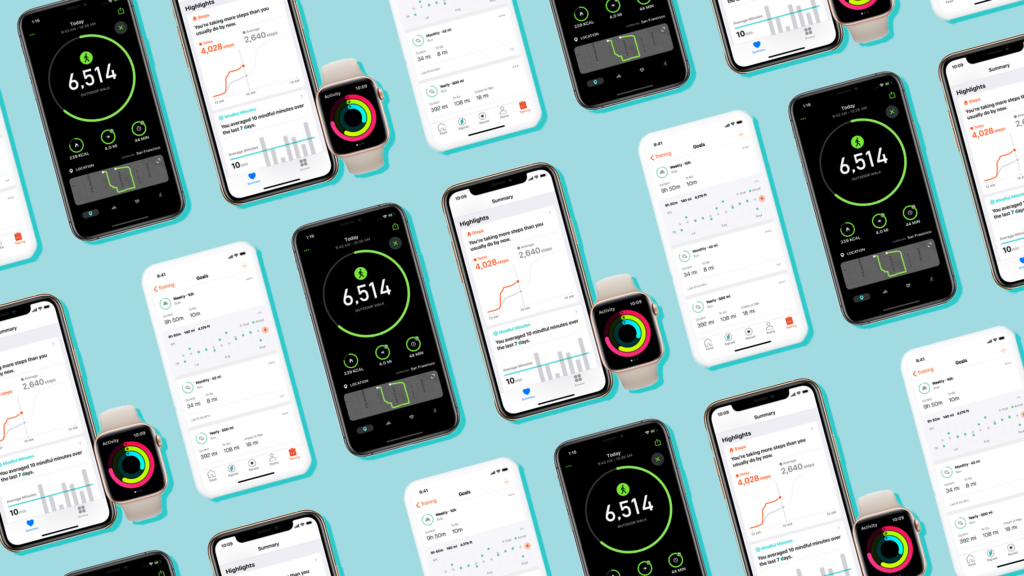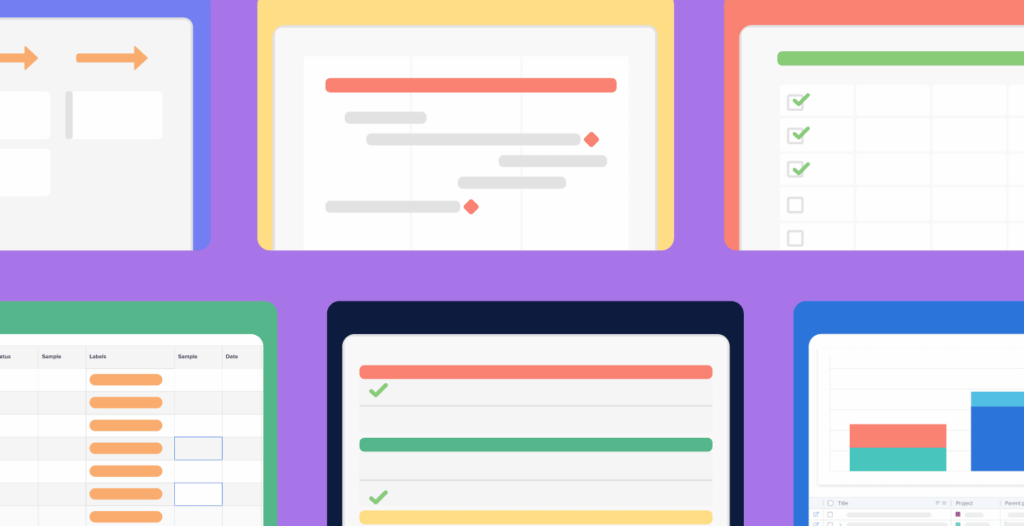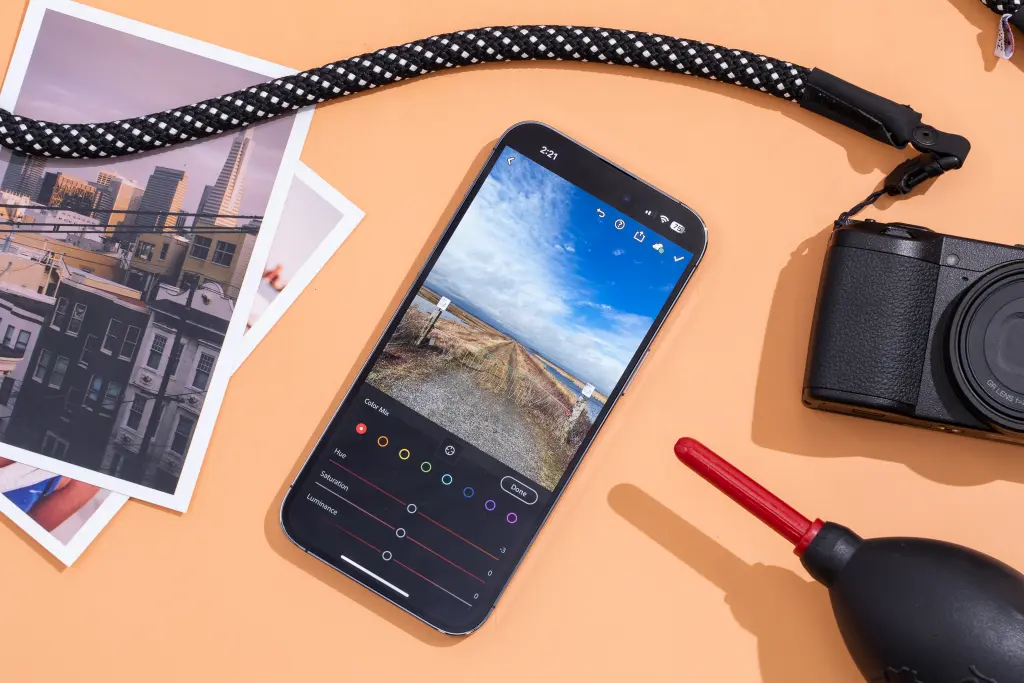Contact
Content creators play a vital role in today’s digital landscape, and social media platforms provide them with a powerful medium to showcase their creativity and engage with their audience. Whether you are a photographer, vlogger, artist, or influencer, having the right social media apps can significantly impact your content’s reach and appeal. In this article, we will explore some of the best social media apps for content creators, highlighting their unique features and how they can benefit your creative journey.
1. Instagram
Instagram is a popular visual-centric social media platform that allows users to share photos and videos. It has become a go-to platform for content creators due to its massive user base and powerful features that enhance visual storytelling.
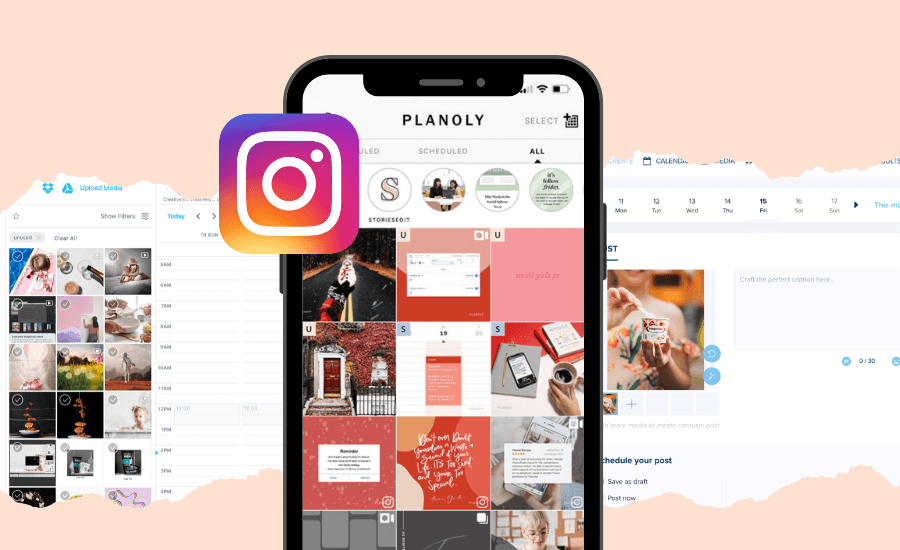
Key Features:
- Photo and Video Sharing: Instagram provides a seamless interface for uploading and sharing photos and videos with your followers. You can apply filters, edit images, and crop videos within the app.
- Instagram Stories: With Instagram Stories, you can share ephemeral content that disappears after 24 hours. It offers various creative tools like stickers, polls, and swipe-up links to engage with your audience.
- IGTV: IGTV allows content creators to share long-form videos, making it ideal for vloggers and creators who want to showcase their work in a more immersive format.
- Explore Page: The Explore page on Instagram helps content creators reach a wider audience by featuring content based on user interests, engagement, and trending topics.
Instagram is free to use and available on both iOS and Android. It offers a business account option with additional features like insights and promotions to help content creators grow their brand. With its visually appealing interface and extensive user base, Instagram is a must-have app for content creators looking to showcase their work.
2. TikTok
TikTok is a rapidly growing social media platform that focuses on short-form videos. It has gained immense popularity among content creators, particularly in the entertainment and creative industries.
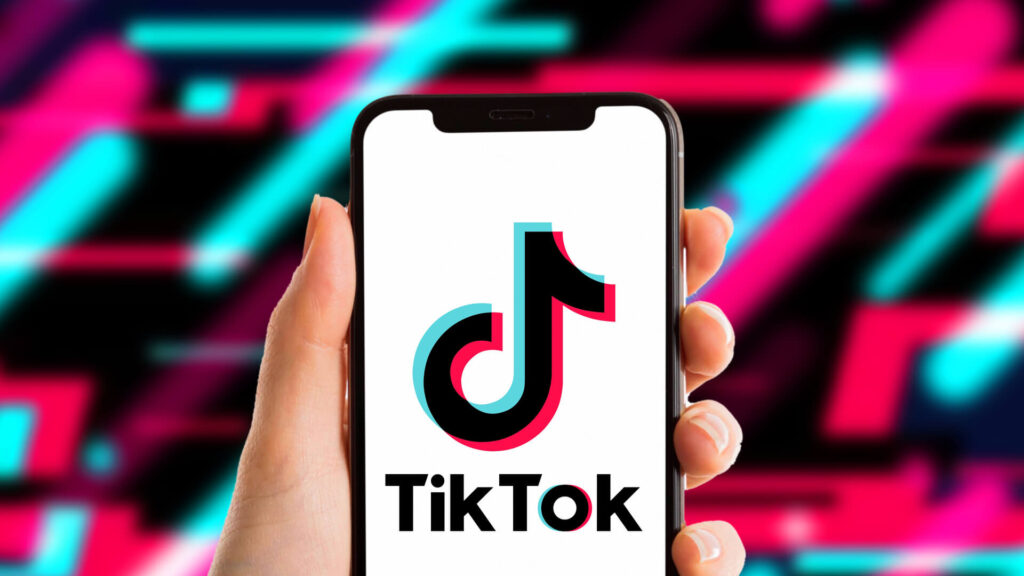
Key Features:
- Video Creation and Editing: TikTok offers a wide range of video editing tools, filters, effects, and music options to create engaging and entertaining content.
- For You Page (FYP): The For You Page algorithm on TikTok helps content creators reach a wider audience by showcasing their videos to users based on their interests and engagement patterns.
- Duet and Stitch: Content creators can collaborate with others through features like Duet, where they can create split-screen videos alongside another user’s content, and Stitch, which allows them to clip and remix existing videos.
- Trending Challenges and Sounds: TikTok is known for its viral challenges and trending sounds, which provide content creators with opportunities to participate and gain visibility.
TikTok is free to use and available on both iOS and Android. Its user-friendly interface, extensive video editing capabilities, and algorithmic discovery make it a popular choice for content creators who want to engage with a diverse and global audience.
3. Pinterest
Pinterest is a visual discovery and bookmarking platform that allows users to discover and save ideas for various interests. It serves as a valuable tool for content creators, particularly those in the lifestyle, fashion, and design niches.
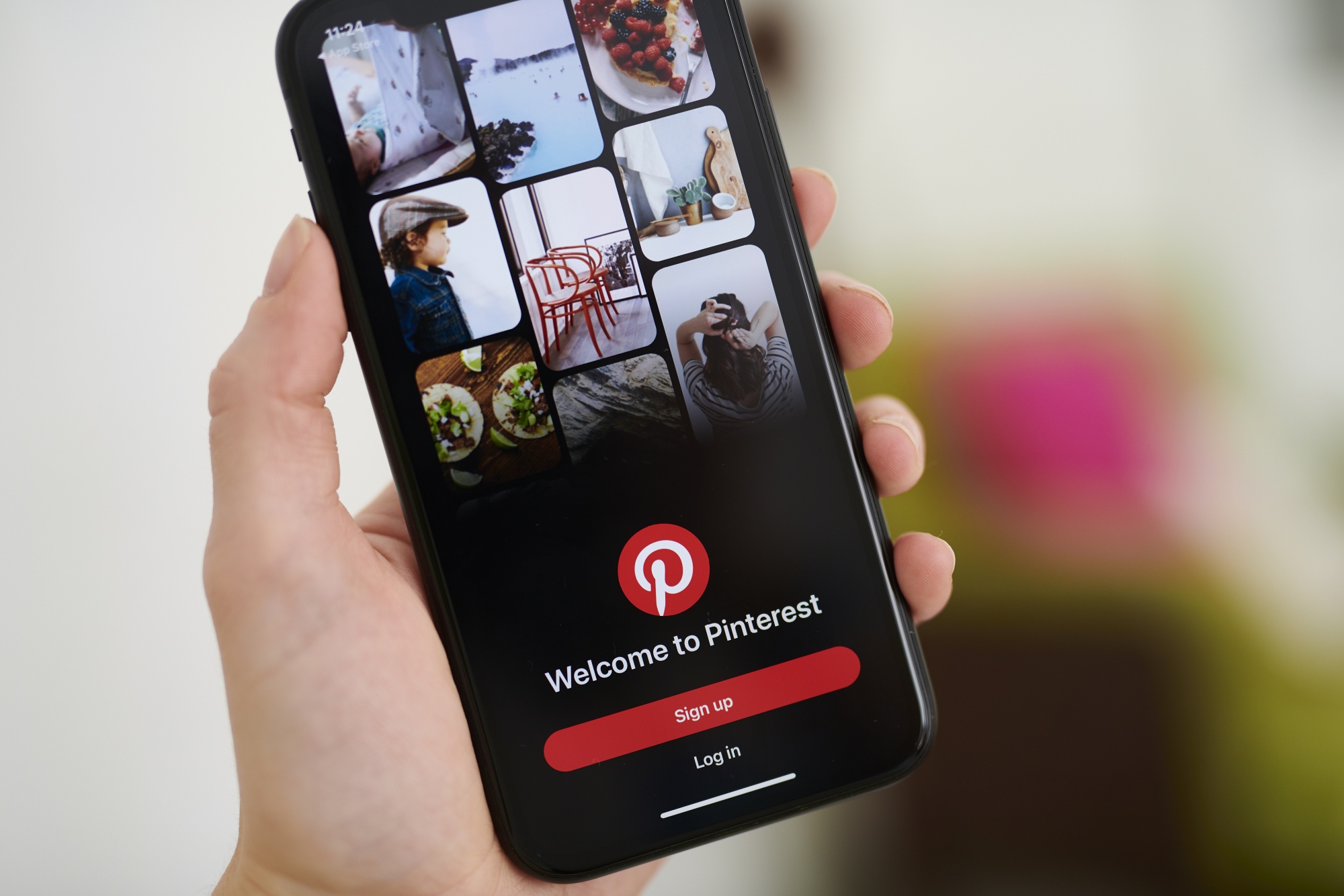
Key Features:
- Pin and Boards: Pinterest enables users to save and organize content by pinning images or videos to boards. Content creators can curate their own boards to showcase their work and attract an engaged audience.
- Visual Search: The visual search feature allows users to discover related content by uploading an image or using a specific image as a reference.
- Rich Pins: Rich Pins on Pinterest provide additional context and information about a pin, making it useful for content creators who want to share detailed descriptions, links, and product information.
- Analytics: Pinterest offers analytics tools that provide insights into audience engagement, impressions, and clicks, helping content creators understand their reach and optimize their strategies.
Pinterest is free to use and available on both iOS and Android. It offers business accounts with additional features like Pinterest Ads and advanced analytics to support content creators in growing their audience and driving traffic to their websites or portfolios.
4. YouTube
YouTube is the largest video-sharing platform globally, offering content creators an opportunity to share long-form videos, tutorials, vlogs, and more. It is an essential app for video creators and those looking to build a dedicated subscriber base.

Key Features:
- Video Upload and Management: YouTube allows content creators to upload, edit, and manage their videos easily. You can add titles, descriptions, tags, and custom thumbnails to optimize discoverability.
- Monetization: YouTube offers various monetization options, including ads, channel memberships, and merchandise shelf, allowing content creators to earn revenue from their content.
- Live Streaming: Content creators can engage with their audience in real-time through YouTube’s live streaming feature, enabling Q&A sessions, tutorials, or behind-the-scenes content.
- Community Interaction: YouTube provides commentsections and community tab features that allow content creators to interact with their audience, respond to comments, and foster a sense of community.
YouTube is free to use and available on both iOS and Android. It offers a Partner Program for content creators who meet the eligibility criteria, unlocking additional features and monetization opportunities. With its vast user base and monetization options, YouTube remains a top choice for content creators looking to share long-form videos and build a dedicated following.
5. Snapchat
Snapchat is a multimedia messaging app known for its disappearing content and augmented reality features. While initially popular among younger demographics, it has grown to become a valuable platform for content creators across various niches.
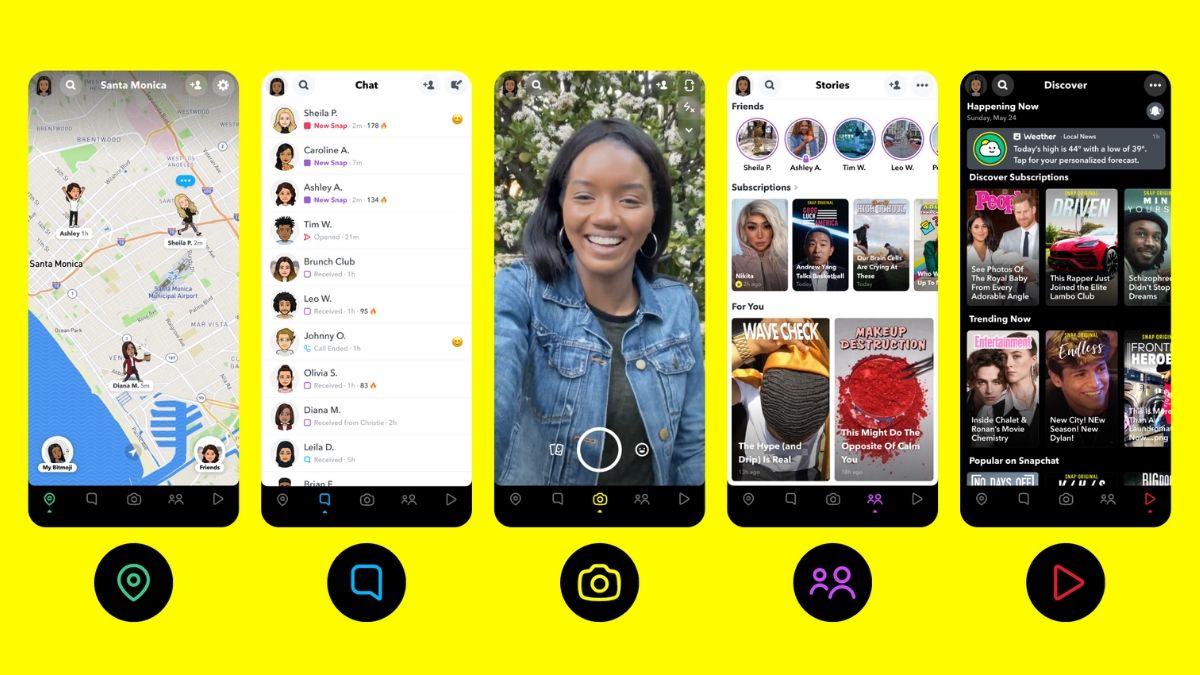
Key Features:
- Snapchat Stories: Content creators can share photos and videos as part of their Snapchat Stories, which disappear after 24 hours. This format allows for quick and engaging content updates.
- Augmented Reality (AR) Lenses: Snapchat’s AR Lenses enable content creators to add interactive and dynamic effects to their photos and videos, providing an immersive experience for their audience.
- Discover Content: The Discover section on Snapchat features content from publishers, brands, and influencers, allowing content creators to reach a broader audience and collaborate with established media outlets.
- Snap Map and Geofilters: Snap Map enables content creators to share their location and engage with local communities, while Geofilters provide location-based overlays that add a unique touch to their content.
Snapchat is free to use and available on both iOS and Android. It offers a variety of creative tools, filters, and effects that cater to content creators’ visual storytelling needs. While its content may have a more ephemeral nature, Snapchat’s engaged user base and interactive features make it a worthwhile platform for content creators to explore.
6. Twitter
Twitter is a microblogging and social networking platform known for its real-time updates and concise format. While primarily focused on text-based content, it has become a valuable platform for content creators to share updates, engage with their audience, and drive traffic to their content.
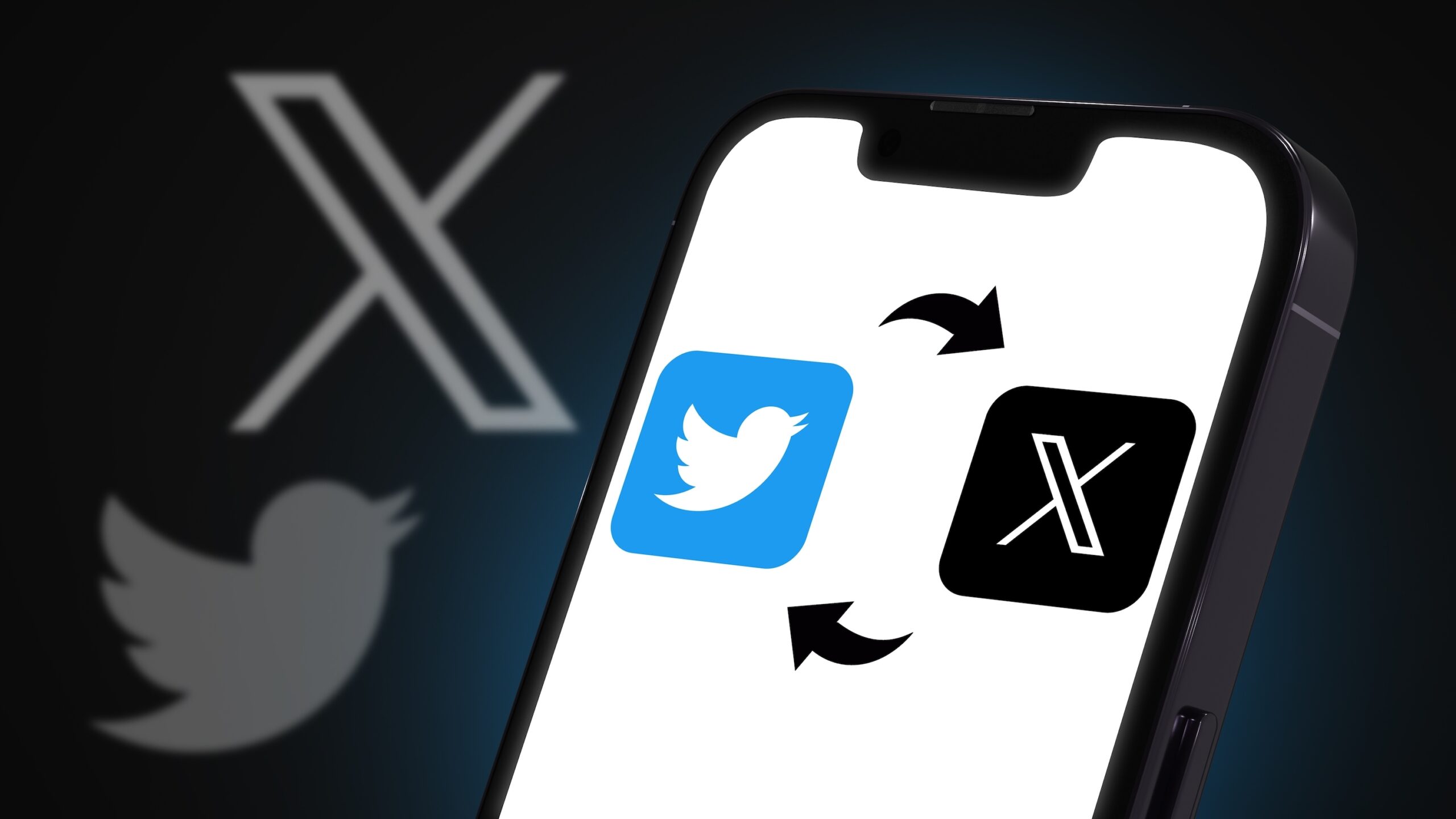
Key Features:
- Tweeting and Retweeting: Content creators can share text-based updates, links, images, and videos through tweets. Retweeting allows their audience to amplify their content by sharing it with their own followers.
- Hashtags and Trends: Twitter’s hashtag feature enables content creators to join conversations, participate in trending topics, and increase their visibility within specific niches or communities.
- Engagement and Feedback: Twitter provides a direct line of communication between content creators and their audience. Replies, likes, and retweets can facilitate meaningful interactions and feedback loops.
- Lists and Threads: Content creators can organize their tweets into lists or create thread conversations to provide more context, share in-depth insights, or tell a story over multiple tweets.
Twitter is free to use and available on both iOS and Android. Its real-time nature, hashtag culture, and direct engagement opportunities make it an attractive platform for content creators who value concise communication and want to connect with a diverse range of users.
In conclusion, these social media apps cater specifically to content creators and offer unique features that can enhance their creative journey. Instagram provides a visually appealing platform for photo and video sharing, while TikTok focuses on short-form videos and algorithmic discovery. Pinterest serves as a visual discovery and bookmarking tool, and YouTube offers long-form video sharing and monetization options. Snapchat provides disappearing content and augmented reality features, and Twitter enables real-time updates and direct engagement. By leveraging the strengths of these social media apps, content creators can expand their reach, engage with their audience, and showcase their creativity to a global audience.


